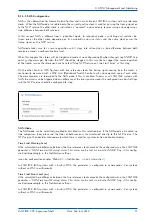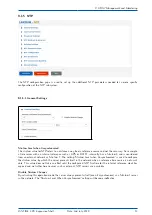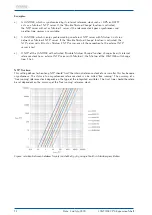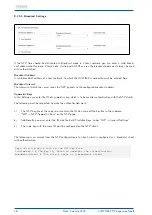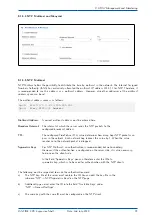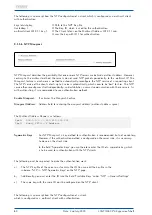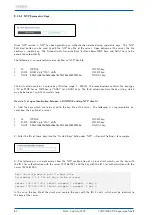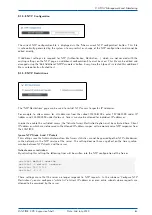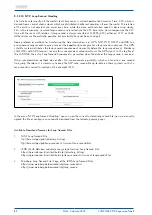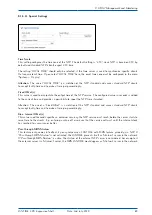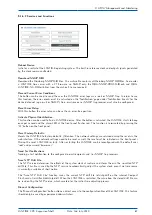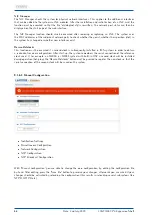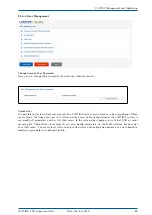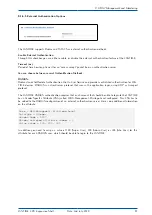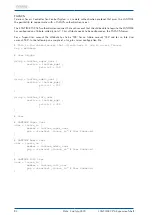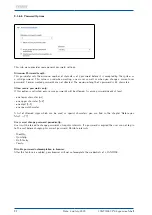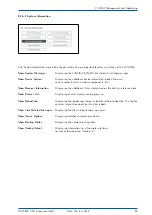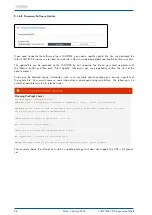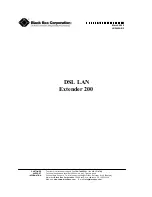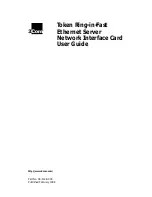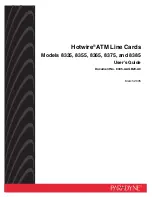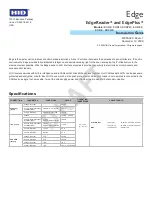
9.1.5.7 NTP Symmetric Keys
Since NTP version 3, NTP has been providing an authentication method using symmetric keys. The "NTP
Edit Key" button can be used to edit the NTP key file of the server. Upon delivery of the server, the file
contains a sample key. The "Automatically Generate Keys" button allows MD5 keys and SHA1 keys to be
generated automatically.
The following is an representative excerpt from an NTP key file:
1
M
f294fa0
# MD5 key
2
MD5
BtdW/<gj2*2M;!’˜qAIN
# MD5 key
3
SHA1
094c533b614d9e4bcb6e18a97a7b0e4d459025bd
# SHA1 key
The first column contains a unique key ID (value range 1 - 65535). The second column contains the key type
( "M" or "MD5" for an MD5 key, or "SHA1" for a SHA1 key). The third column contains the key string, which
may be between 1 and 32 characters long.
How do I set up authentication between a LANTIME and my NTP clients?
1.
Add the keys which are to be used to the key file of the server. The following is a representative ex-
cerpt from the key file of a server:
1
M
f294fa0
# MD5 key
2
MD5
BtdW/<gj2*2M;!’˜qAIN
# MD5 key
3
SHA1
094c533b614d9e4bcb6e18a97a7b0e4d459025bd
# SHA1 key
2.
Enter the IDs of these keys into the "Trusted Keys" field under "NTP
→
General Settings", for example:
3.
The following is a sample excerpt from the NTP configuration of a Linux client which uses the key with
the ID 2 for authentication with the server 192.168.100.1 and the key with the ID 3 for authentication with the
server 192.168.100.2:
keys /etc/ntp.keys # path to keys file
trustedkey 2 3 # IDs of keys to be trusted
server 192.168.100.1 iburst minpoll 6 maxpoll 6 key 2
server 192.168.100.2 iburst minpoll 6 maxpoll 6 key 3
In this case, the key file of the client must contain the keys with the IDs 2 and 3, which must be identical to
the keys of the server.
82
Date: 2nd July 2020
LANTIME CPU Expansion Shelf
Summary of Contents for LCES
Page 2: ......




